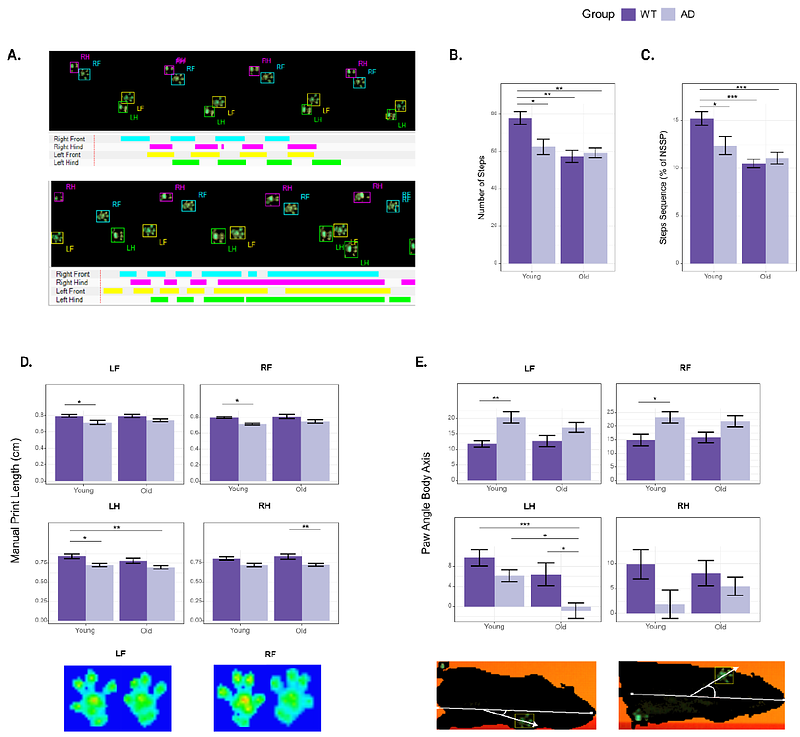Combining supervised and unsupervised analyses to quantify behavioral phenotypes and validate therapeutic efficacy in a triple transgenic mouse model of Alzheimer's disease

Combining supervised and unsupervised analyses to quantify behavioral phenotypes and validate therapeutic efficacy in a triple transgenic mouse model of Alzheimer's disease
Del Rosario Hernandez, T.; Joshi, N. R.; Gore, S. V.; Kreiling, J. A.; Creton, R.
AbstractBehavioral testing is an essential tool for evaluating cognitive function and dysfunction in preclinical research models. This is of special importance in the study of neurological disorders such as Alzheimer\'s disease. However, the reproducibility of classic behavioral assays is frequently compromised by interstudy variation, leading to ambiguous conclusions about the behavioral markers characterizing the disease. Here, we identify age- and genotype-driven differences between 3xTg-AD and non-transgenic control mice using a low-cost, highly customizable behavioral assay that requires little human intervention. Through behavioral phenotyping combining both supervised and unsupervised behavioral classification methods, we are able to validate the preventative effects of the immunosuppressant cyclosporine A in a rodent model of Alzheimer\'s disease, as well as the partially ameliorating effects of candidate drugs nebivolol and cabozantinib.


